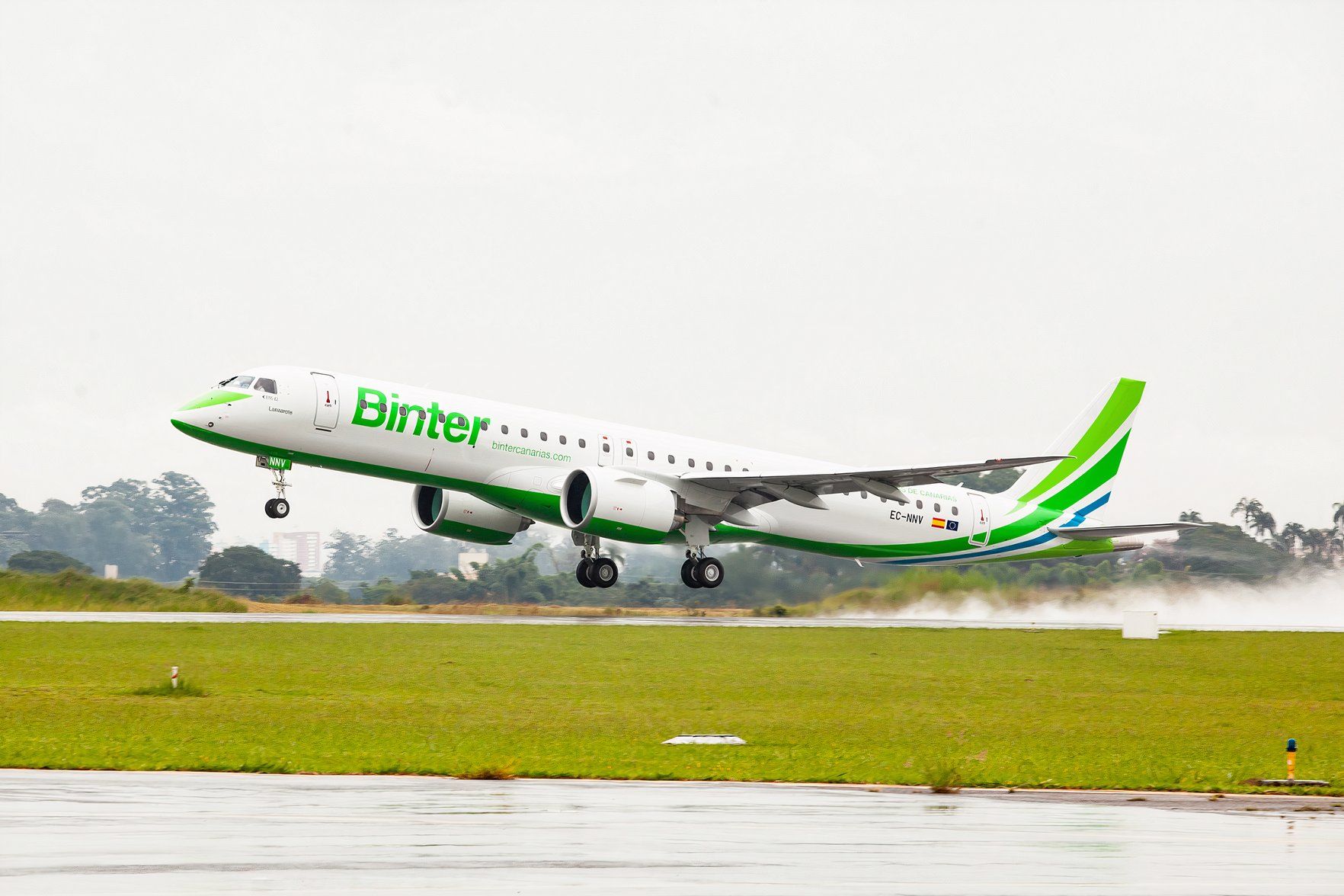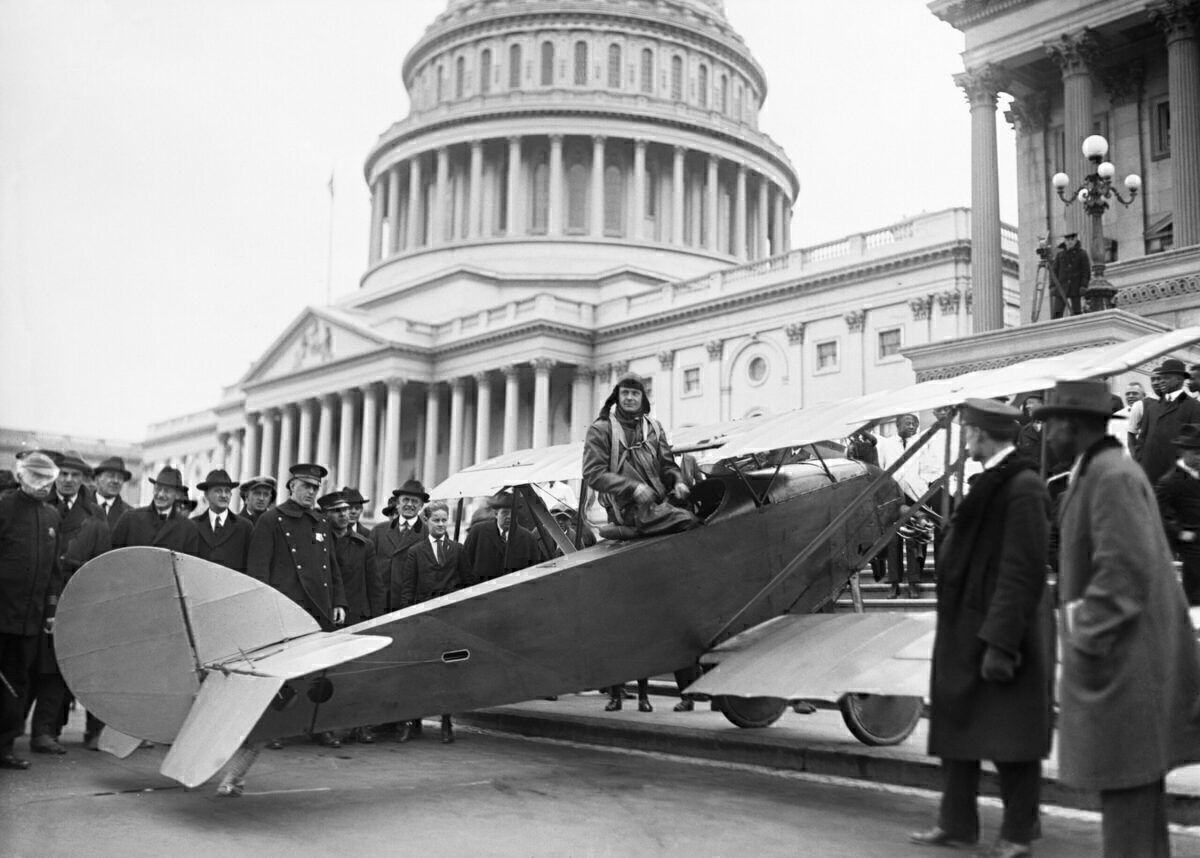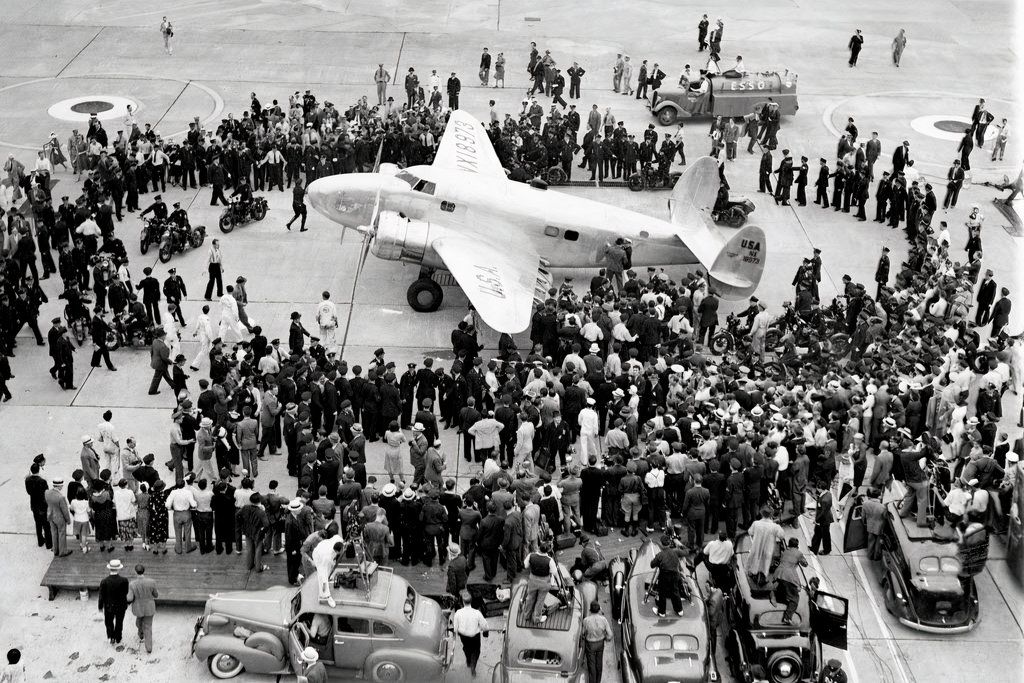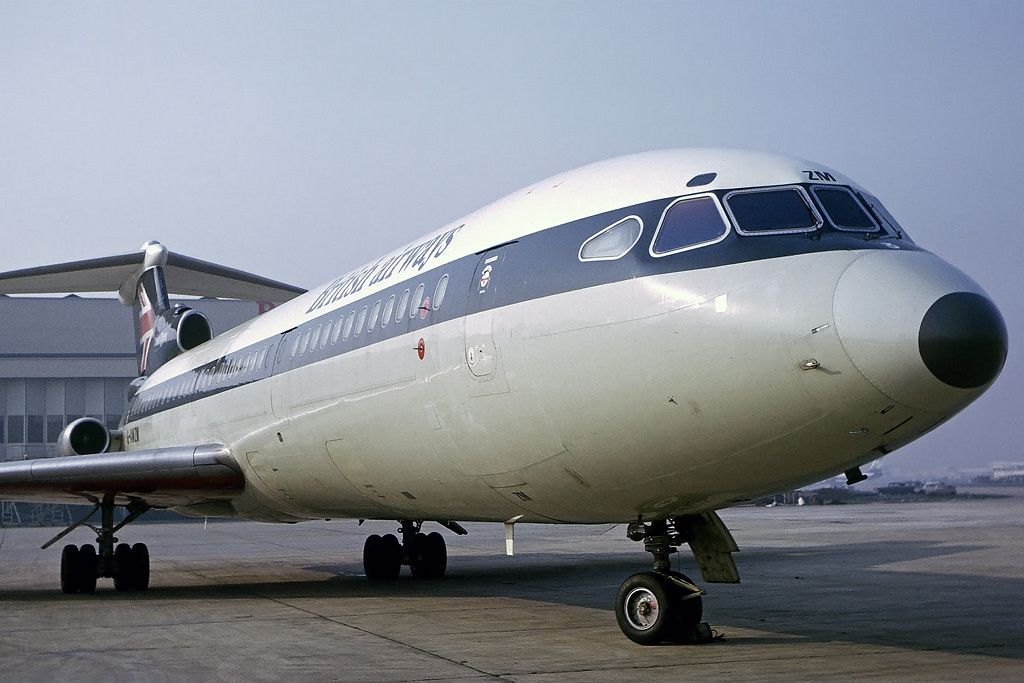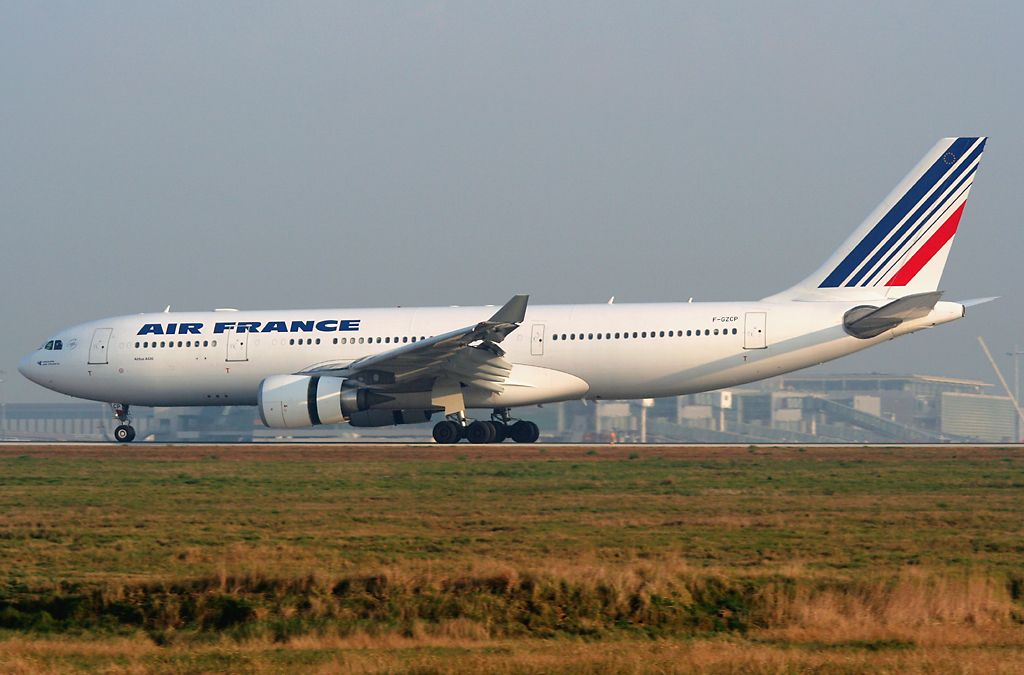One of the highlights of the Farnborough Airshow in July was the introduction by Embraer of its new Embraer Enhanced Takeoff System or E2TS. It’s a world-first automated takeoff system that uses inputs from three flight control computers and four smart probes, allowing an aircraft to take off by itself by automating the rotation and controlling the aircraft’s pitch for a more efficient elevation.
Photo: Embraer
The rationale behind E2TS is efficiency. With a more efficient takeoff, aircraft can fly further, carry higher payloads, or use less thrust (and therefore less fuel) on takeoff.
This is also notable because until now, takeoff was the only operation of an aircraft that an autopilot didn’t cover. In essence, the industry is conquering the final frontier of autopilots. So, let’s take a moment to look back at the emergence of autopilots and their evolution over the years.
The early history of the autopilot
American aviation pioneer Lawrence Sperry, who would go on to claim fame for landing his aircraft on the Capitol Plaza in Washington, DC, is credited as the creator of the first successful autopilot. Demonstrated for the first time in Paris in 1914, just seven years after the first powered flight, Sperry’s invention was known as a gyroscopic automatic pilot.
It consisted of a quadruple gyroscope attached to the aircraft controls, and it operated the ailerons, stabilizer, and tail rudder, allowing the aircraft to maintain a desired compass heading and altitude automatically.
Photo: Library of Congress
These early autopilots were used in the First World War, and were further developed by the Royal Aircraft Establishment, which innovated a similar type called the ‘pilots’ assistant’ that used a pneumatically spun gyroscope.
Improved control algorithms and hydraulic servomechanisms, paired with increasingly complex instruments, allowed for autopilot flight in more challenging conditions, such as bad weather or at night. Howard Hughes used one in his Lockheed Electra during his record-breaking circumnavigation of the globe in 1938, and they were commonplace in aircraft during World War Two.
Photo: Smithsonian
What emerged from this early development were three types of autopilots:
- Single-axis: These autopilots are single-channel and can only control the roll axis of the aircraft. They are also known as wing leveler systems.
- Two-axis: These autopilots control the aircraft in terms of both pitch and roll axes. One autopilot channel controls the elevators in pitch, and the second controls the ailerons/roll spoilers in the roll.
- Three-axis: These autopilots control the pitch, roll, and yaw of the aircraft by controlling the elevators, the ailerons/roll spoilers, and the rudder. Three-axis autopilots are the standard for modern commercial aircraft, able to perform automatic landings and rollouts after touchdown.
Commercial development of autopilot systems
The boom in commercial air travel after the war created more demand for automation. The primary driver of demand was cost-savings and efficiencies. In the 1950s, commercial aircraft had three to five crew members in the cockpit: two pilots, a flight engineer, and sometimes a radio operator and navigator.
Automation, and particularly the use of autopilot to reduce the workload on the pilots, allowed airlines to reduce headcount and make cost savings.
By the late 1960s and into the 1970s, aircraft manufacturers were exploring automation using digital technology. Studies showed that the majority of accidents were caused by human error rather than mechanical error, so automation and the further development of autopilots were seen as ways to make air travel safer.
This is also the period in which autoland systems began to appear. Building on the existence of several other cockpit aids, such as the autopilot system and ILS, autolanding technology was first deployed in military aircraft before BEA’s Hawker Siddeley Trident fleet became the first to use it, followed shortly after that by the Sud Aviation Caravelle as another early adopter.
Modern-day flight control systems
Fast-forward to today, and modern fly-by-wire aircraft have highly advanced autopilots which form part of the aircraft’s Automatic Flight Control System (AFCS). The AFCS uses high-speed processors to interpret a multitude of data sources, including a gyroscope, altitude indicator, compasses, airspeed indicators, accelerometers, GPS, and inertial reference units.
However, autopilot systems do not entirely guarantee safety and, in some cases, have caused incidents. Perhaps the most notorious is Air France Flight 447 from Rio de Janeiro to Paris, which crashed into the mid-Atlantic Ocean in 2009, killing all 228 passengers and crew onboard.
The accident report established that the aircraft had temporary inconsistencies between the airspeed measurements—likely resulting from ice crystals obstructing the aircraft’s pitot tubes—which caused the autopilot to disconnect. The crew reacted incorrectly, and their miscommunication led to the aircraft entering an aerodynamic stall, which the pilots failed to recover.
As journalist and former pilot William Langewiesche, later wrote:
“Flying a commercial plane had become such an automated process, the pilots on Flight 447 didn’t have the experience necessary to take over from the autopilot in emergencies. To put it briefly, automation has made it more and more unlikely that ordinary airline pilots will ever have to face a raw crisis in flight, but also more and more unlikely that they will be able to cope with such a crisis if one arises.”
Moving towards greater automation and autonomy
However, such incidents are extremely rare, and what is clear is that commercial aircraft are moving towards ever-more automation and even autonomy.
An example is Airbus’ Autonomous Taxi, Take-Off & Landing (ATTOL) project. Launched in June 2018, the goal of ATTOL is not to have full autonomy but rather to explore autonomous technologies alongside other innovations in areas such as materials, electrification, and connectivity.
As Airbus states:
“For autonomous technologies to improve flight operations and overall aircraft performance, pilots will remain at the heart of operations. Autonomous technologies are paramount to supporting pilots, enabling them to focus less on aircraft operation and more on strategic decision-making and mission management.”
One of the project’s key milestones was achieved in January 2020, when Airbus successfully performed the first fully automatic vision-based takeoff using an Airbus A350-1000 test aircraft at Toulouse-Blagnac airport.
It is referred to as vision-based because, rather than relying on ILS, this automatic takeoff was enabled by image recognition technology installed directly on the aircraft.
When one considers these innovations from Embraer and Airbus, it is clear that while autopilot systems might be a 110-year-old technology, they still have a lot of potential to deliver to the future of commercial aviation.


